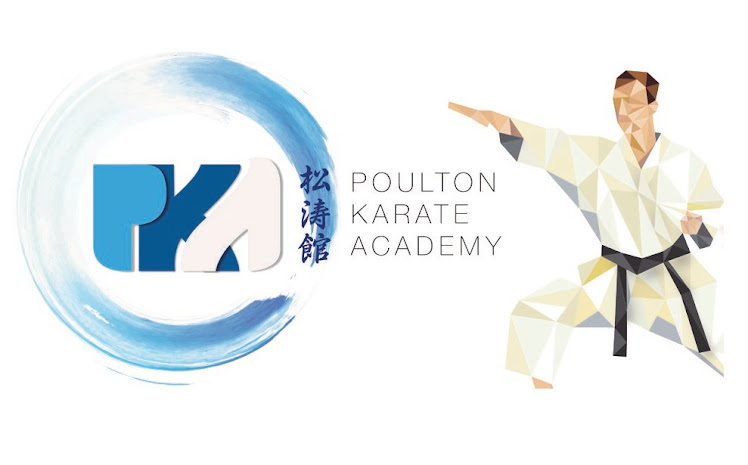Traditional v Sport Shotokan Karate
The karate we practise today is founded on the martial art systems studied and engineered by Master Funakoshi towards the end of the 19th century. Funakoshi said it was only by 1920 that karate was called an art and before this it had been called a weapon. There was no talk of traditional or sport karate, but there was a significant change away from that of one-to-one training to teaching large groups. Those who had been practising karate in secret before 1900 would not have regarded Funakoshi’s methods, and open training, as a traditional martial art. Also, there was no tradition of writing anything down.
It is actually difficult to imagine this one-to-one training prior to 1900, with a master teaching one student in his backyard. Funakoshi describes his training as gruelling. All his time was spent on a single kata, week after week, month after month, although we know there was makiwara training. He was not allowed to move on to another kata until he had understood (not just copied!) it. However, he does say there were no hard and fast rules and there was scope to change the way a kata was practised. He did not mention sparring and it seems that the entire system of training was based on two or three kata.
As a point of interest, Funakoshi said that his masters, Azato and Itosu, never ever gave him a single word of praise during his training.
There is no doubt that a Karate Master was highly regarded, and his ‘weapon’ – was important enough to be kept a secret. In Funakoshi’s book ‘To-Te Jitsu’, he describes a kata ‘Naihanchi Shodan’, which is very similar to our modern day ‘Tekki Shodan’. Although the photos below were taken of Funakoshi practising this kata when he was in his 50’s, we can assume he would not have published these had he not considered them to be perfect. So, we can discount any allowance for his age, and we can see the basic stances of modern-day karate are different to those practised in the 1920’s.
When we compare Funakoshi’s zenkutsu dache with two of his successors Nakayama and Kanazawa, they have deeper and longer stances. No modern-day student would achieve a Dan grade with Funakoshi stances and yet we must accept that Funakoshi practised a deadly martial art with the ability to kill with one blow: ikken hissatsu.
Nakayama encouraged Sport karate development in the 1950’s and this brought about many changes and different concepts including the idea of ’scoring a point’ and the exclusion of many techniques that would be too dangerous. It was not intended to take over existing training methods, but this is what happened in many dojos over time, with the aim of producing champions.
So now there are two camps - sport karate and traditional karate. Sport training is said to be good for fitness and it suits young people who like to compete with each other. Unfortunately, you cannot compete forever at a high level, but you can compete for longer by having categories in championships for the slower seniors and veterans.
There is no question that those who enter competitions display courage, speed and agility. The criticisms are that focusing on sport karate does not necessarily encourage sportsmanship. The training methods are often far removed from those that develop the ability to kill with one blow and to defend oneself outside the dojo.
Possibly the greatest criticism of sports karate is the way that the kata is practised. Often the course of a block would not work at all so it actually has no meaning and too often no attention is paid to the application of a technique; the bunki. A karate sportsman may know the moves of 26 kata but there is often no connection with self-defence.
What is traditional karate?
The idea of traditional karate is perhaps more to do with the outcome. The training methods can change over time, taking advantage of sports science. There can be new ideas about the execution of a technique and kata and existing kata can be altered. The tradition is to spend time studying karate in depth both physical and mental training.
Techniques will always be open to development and modern training methods tell us to do some things differently. It is said that traditional karate is for life. However, it is essential to avoid the serious injuries that can come with poor technical foundations. This is where traditional karate comes into it’s own. Good technique learned from the start will protect those shoulder, elbow, hip and knee joints that are so easy to wreck over a few years of over-enthusiastic and poorly structured training.
Traditional karate is also for those instructors who aim to teach students a martial art that is functional in self-defence. These karateka look back to the early days of karate and take the essence of what can so easily be lost. A martial art ‘weapon’ that is effective in a confrontation and good for your health and well being.







Comments
Post a Comment